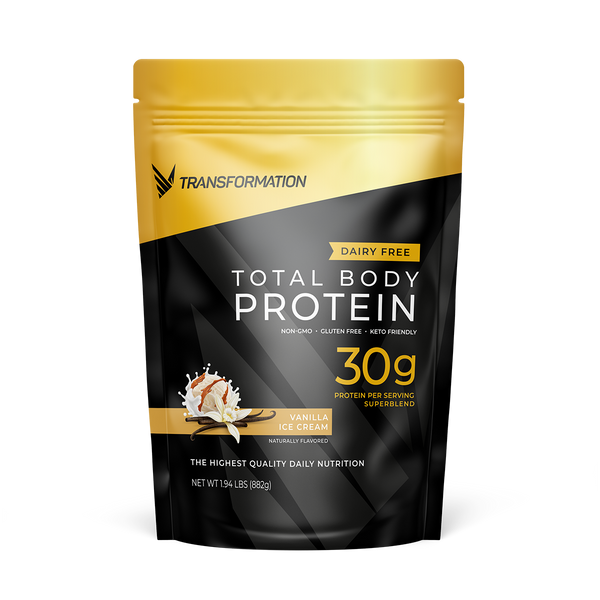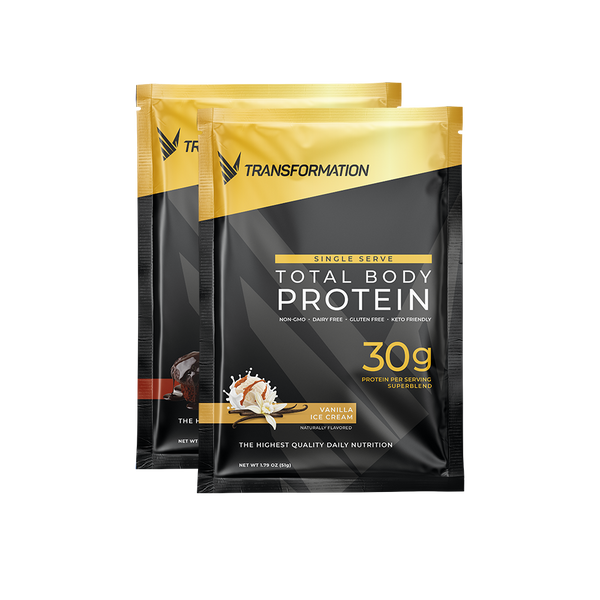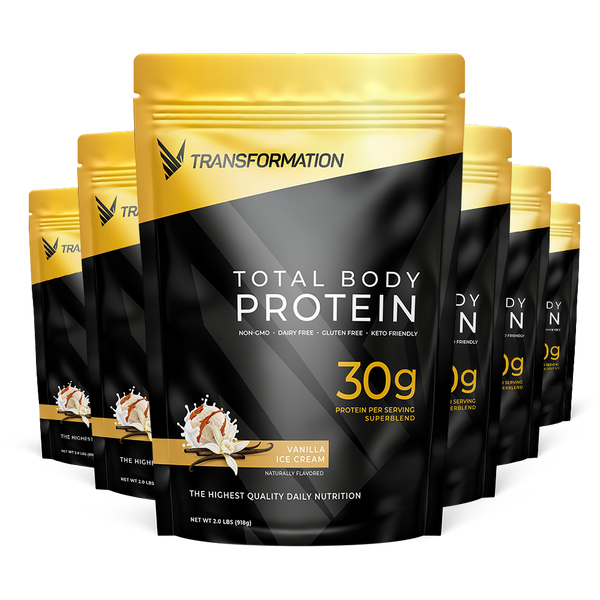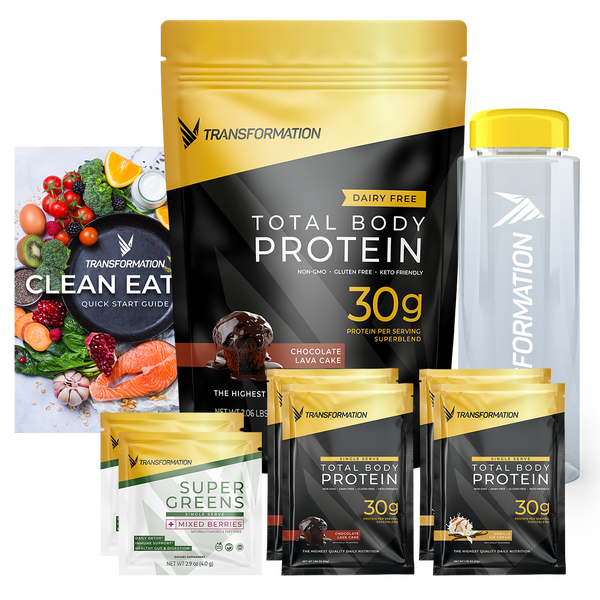
Fitness Tweaks for Your 40s: Adapting Your Routine to Changing Hormones
Ah, your 40s. A time of wisdom, experience, and... sometimes, a few curveballs thrown by your ever-evolving hormones. Both men and women experience significant hormonal shifts around this time, impacting everything from energy levels to body composition. By understanding these changes and making some strategic adjustments, you can absolutely smash your fitness goals and feel fantastic in your 40s and beyond.
The Hormonal Rollercoaster: Understanding Perimenopause and Menopause
As you step into your 40s, your body whispers a change is coming. This transitional period, known as perimenopause, marks the beginning of a decline in estrogen and progesterone, hormones that have been like silent partners in your health and well-being since puberty. These hormonal fluctuations can trigger a wave of changes, including irregular periods, hot flashes, and night sweats.
Finally, menopause marks the end of your period, usually around age 51. While this hormonal shift signifies the end of your childbearing years, it also ushers in a new chapter where fitness and weight management might require some adjustments.
Navigating the Perimenopause
The decline in estrogen and progesterone can lead to a slower metabolism, making it easier to gain weight and harder to lose it. You might notice changes in your body composition, with fat storage shifting from your hips and thighs to your abdomen, a risk factor for several health problems.
Focus on a balanced diet rich in protein, healthy fats, and fiber to keep your metabolism humming and support hormone regulation. Plus, prioritizing quality sleep (think 7-8 hours a night) can work wonders for mood and energy levels.
Let's Talk Testosterone
While not as abrupt as menopause, men experience a gradual decline in testosterone, the key player in muscle building, energy levels, and libido. This decline, though slow, can impact your fitness in profound ways.
The first thing you might notice is a decrease in muscle mass, making you lose strength and endurance. Energy levels might also take a dip, leaving you feeling more fatigued than usual. Even your mood can be affected, potentially impacting your motivation to hit the gym. And let's not forget the dreaded "dad bod" effect: declining testosterone can lead to fat redistribution, increasing belly fat storage and raising your risk of chronic health issues.
This hormonal shift isn't a death sentence for your fitness. By understanding these changes and adopting a proactive approach with strength training, strategic diet choices, and stress management techniques, you can conquer these challenges and stay fit and strong well into your 40s and beyond.
Hitting the weights 2-3 times a week can help you retain muscle mass, boost energy, and even improve that "get-up-and-go." Don't worry, you don't need to become a gym rat. Bodyweight exercises like squats, lunges, and push-ups are excellent starting points.
Fitness Challenges and solutions
Muscle Loss: Embrace strength training. Aim for 2-3 strength training sessions weekly to combat muscle loss and keep your metabolism strong. Think bodyweight exercises, weight machines, or even free weights – whatever works for you.
Body Composition: Hormonal shifts can make belly fat more stubborn. Combine smart eating with strategic exercises. Focus on whole, unprocessed foods and limit added sugars. Include exercises like planks, Russian twists, and cardio to target your core and boost fat burning.
Metabolism & Energy: Feeling sluggish? It happens. Listen to your body and adjust your intensity or duration of workouts as needed. Incorporate short bursts of activity throughout the day, like taking the stairs or parking further away, to keep your energy levels up.
Bone Health: As estrogen levels decline, women face an increased risk of osteoporosis. Weight-bearing exercises like walking, running, dancing, and strength training with weights can help strengthen your bones and improve balance.
Mood & Motivation: Mood swings got you down? We get it. Exercise is your friend here. Regular physical activity releases endorphins, chemicals that can combat mood swings and boost overall well-being. Find activities you enjoy to keep things fun and motivating.
Optimizing Your Fitness Journey after 40

Fuel Your Body Right: Nourish your body with essential nutrients to support your changing hormones and fitness goals. Aim for protein in every meal, calcium for strong bones, fibers for gut health, healthy fats for energy and hormone balance and collagen to slow the aging process.
Sleep for Success: Sleep is not for the weak! Aim for 7-8 hours of quality sleep each night to help regulate hormones, improve energy levels, and support muscle recovery. Practice good sleep hygiene by creating a relaxing bedtime routine, limiting screen time before bed, and ensuring your bedroom is dark, quiet, and cool.
Stress Less, Move More: Stress wreaks havoc on hormones and motivation. Combat it with stress-management techniques like meditation, yoga, or spending time in nature. Remember, even small movements like taking a walk or stretching can significantly reduce stress and boost your mood.
Seek Expert Guidance: Don't hesitate to consult a healthcare professional or certified personal trainer for personalized advice. They can help you create a safe and effective workout plan tailored to your specific needs and goals.
Remember: You are not defined by your hormones. By understanding their impact and making smart adjustments to your fitness and lifestyle, you can continue to thrive in your 40s and beyond. Embrace the journey, celebrate your progress, and remember, you are stronger than you think!




